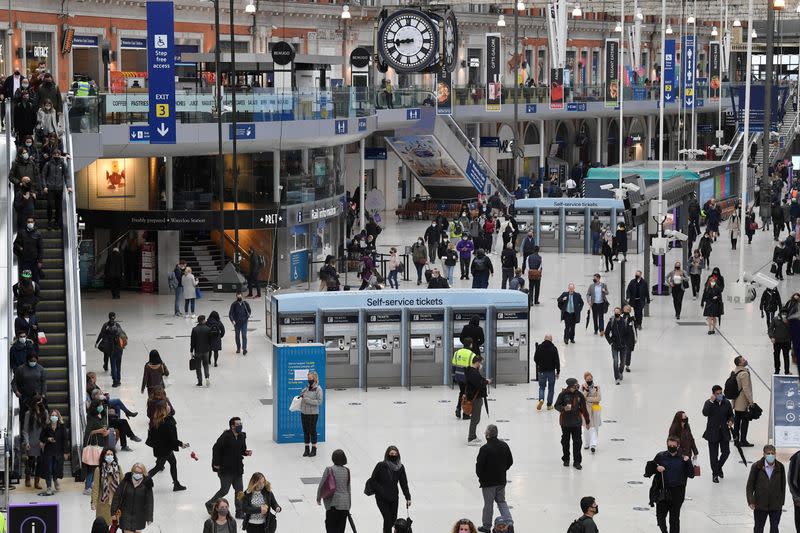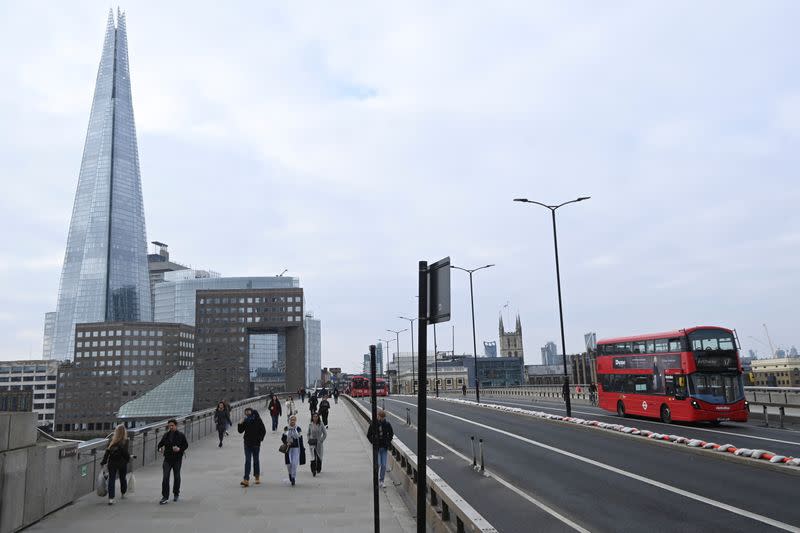UK employers keep up the hunt for staff after lockdowns and Brexit
LONDON (Reuters) - Employers in Britain are still hunting for more recruits than they were just before the pandemic, according to a survey which added to signs of a tight labour market following the COVID-19 lockdowns and Brexit.
The Recruitment & Employment Confederation said on Friday that 1.66 million job advertisements were active during the week to Aug. 29, higher than the 1.55 million average in January and February 2020 and little changed from levels earlier in August.
New job ads posted during the week stood at 193,000, also above the January-February 2020 average of 171,000.
"Demand for workers remains very high across the economy and shows no signs of weakening," REC Chief Executive Neil Carberry said. "With businesses in the particularly squeezed food, logistics and hospitality sectors starting to gear up for Christmas, the months ahead could be difficult – even with a large number of people coming off furlough in August and September," he said.
Britain's unemployment rate of 4.7% in the three months to June is higher than before the crisis when it stood at just under 4% but it has defied forecasts that it would hit 10% or higher during the pandemic crisis thanks in large part to the government's wage subsidy scheme.
That scheme is due to be phased out by the end of September. But the low unemployment rate is also partly due to a rise in workers who are not looking for employment are therefore excluded from calculations for the jobless rate.
Britain's government has rejected calls from retail and logistics companies to temporarily ease post-Brexit immigration rules which they say are contributing to a shortage of truck drivers and acute supply chain disruption.
(Writing by William Schomberg, editing by David Milliken)

 Yahoo Finance
Yahoo Finance 

